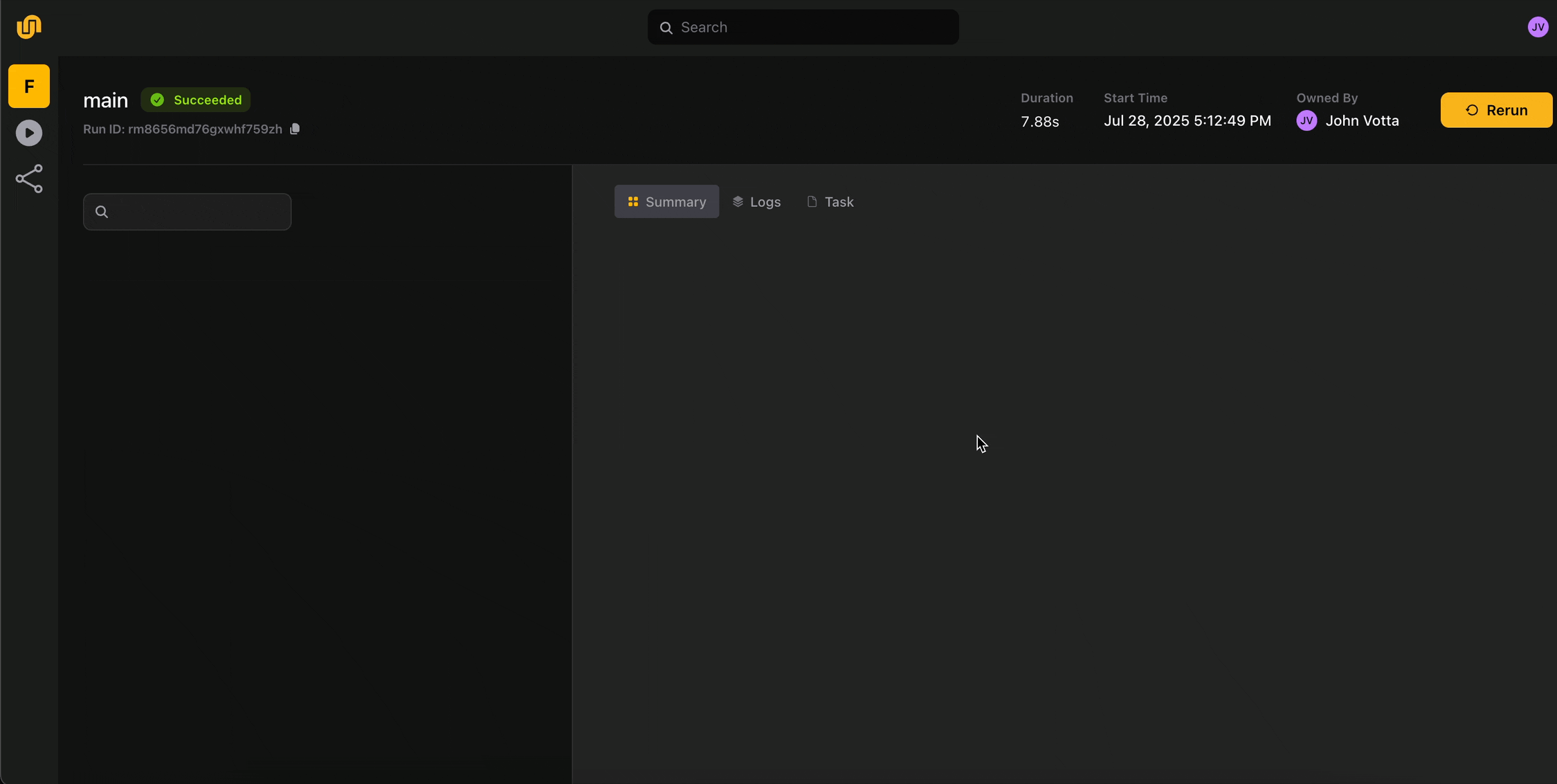Chris's Wiki :: blog/sysadmin/LoginServersStillUsed
Every so often I think about random things, and today's random thing was how our environment might look if it was rebuilt from scratch as a modern style greenfield development. One of the obvious assumptions is that it'd involve a lot of use of containers, which led me to wondering how you handle traditional Unix style login servers. This is a relevant issue for us because we have such traditional login servers and somewhat to our surprise, they still see plenty of use.
We have two sorts of login servers. There's effectively one general purpose login server that people aren't supposed to do heavy duty computation on (and which uses per-user CPU and RAM limits to help with that), and four 'compute' login servers where they can go wild and use up all of the CPUs and memory they can get their hands on (with no guarantees that there will be any, those machines are basically first come, first served; for guaranteed CPUs and RAM people need to use our SLURM cluster). Usage of these servers has declined over time, but they still see a reasonable amount of use, including by people who have only recently joined the department (as graduate students or otherwise).
What people log in to our compute servers to do probably hasn't changed much, at least in one sense; people probably don't log in to a compute server to read their mail with their favorite text mode mail reader (yes, we have Alpine and Mutt users). What people use the general purpose 'application' login server for likely has changed a fair bit over time. It used to be that people logged in to run editors, mail readers, and other text and terminal based programs. However, now a lot of logins seem to be done either to SSH to other machines that aren't accessible from the outside world or to run the back-ends of various development environments like VSCode. Some people still use the general purpose login server for traditional Unix login things (me included), but I think it's rarer these days.











